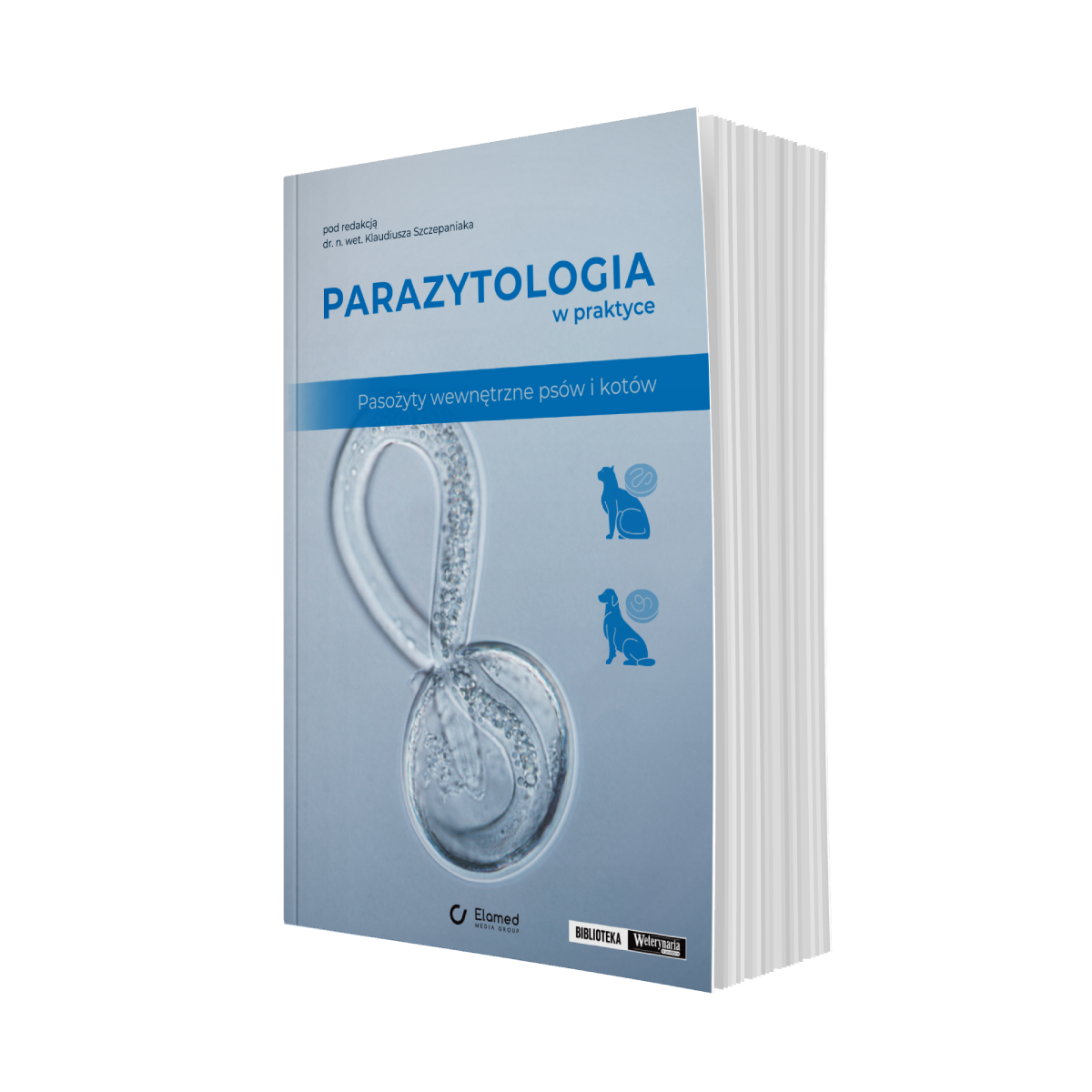Co robić w przypadku licznych miotów prosiąt?
Piśmiennictwo
- Beauleu A.D., Aalhus J.L., Williams N.H., Patience J.F.: Impact of piglet birth weight, birth order, and litter size on subsequent growth performance, carcass quality, muscle composition, and eating quality of pork. “J Anim Sci”, 2010, 88, 2767-2778.
- Bee G.: Birth weight of litters as source of variation in postnatal growth, and carcass and meat quality. “Adv Pork Prod”, 2007, 18, 191-195.
- Canario L., Lundgren H., Haandlykken M., Rydhamer L.: Genetics of growth in piglets and the association with homogeneity of body weight within litters. “J Anim Sci”, 2010, 88, 1240-1247.
- Cechova M.: Analysis of some factors influencing the birth weight of piglets. “Slovak J Anim Sci”, 2006, 39, 3, 139-144.
- English P., Smith W., Maclean A.: Zwiększenie produkcyjności loch. PWRiL, Warszawa 1988.
- Eriksson M.: Behaviour and growth of piglets weaned 5 an 7 weeks of age in an organic environment. Svergies Lantbruksuniversitet, 2006, 278.
- Flachowsky G., Pallauf J., Pfeffer E., Rodehutscord M., Schenkel H., Staudacher W., Susenbeth A.: GfE Empfelungen zur Energie und Nährstoffversorgung von Schweinen. DLG Verlags, Frankfurt am Main 2006, 71-79.
- Grudniewska B., Krautforst W., Więcek E.: Wpływ niektórych czynników na wzrost i rozwój prosięcia. „Med Weter”, 1968, 2, 114-117.
- Grudniewska B., Milewska W., Brodowski M.: Wpływ typu kojca porodowego na niektóre cechy użytkowe loch. „Acta Acad Agricult Tech Olst Zoot”, 1994, 40, 63-72.
- Herpin P., Damon M., Le Dividich J.: Development of thermoregulation and neonatal survival in pigs. “Livest Prod Sci”, 2002, 78, 25-45.
- Jarczyk A., Milewska W., Drągowski D.: Najważniejsze czynniki hodowlane wpływające na rodzenie się prosiąt martwych. „Med Weter”, 2011, 67, 555-559.
- Madec F., Leon E.: Farrowing disorders in the sow: a field study. “J Vet Med”, 1992, 39, 433-444.
- Milligan B.N., Fraser D., Kramer D.L.: Within-litter birth weight variation in the domestic pig and its relation to pre-weaning survival, weight gain, and variation in weaning weights. “Livest Prod Sci”, 2002, 76, 181-191.
- Mota-Rojas D., Villanueva-García D., Velazquez-Armenta E., Nava-Ocampo A., Ramírez-Necoechea R., Alonso-Spilsbury M., Trujillo M.E.: Influence of time at which oxytocin is administered during labor on uterine activity and perinatal death in pigs. “Biol Res”, 2007, 40, 55-63.
- Onteru S.K., Fan B., Nikkila M.T., Garrik D.J., Stalder K.J., Rothschild M.F.: Whole-genome association analyses for lifetime reproductive traits in pig. “J Anim Sci”, 2011, 89, 988-995.
- Pejsak Z.: Siara – źródło energii i odporności biernej dla ssących prosiąt. „Życie Wet”, 2006, 81, 588-591.
- Rosendo A., Druet T., Gogue J., Canario L., Bidanel J.P.: Correlated responses for litter traits to six generations of selection for ovulation rate or prenatal survival in French Large White pigs. “J Anim Sci”, 2007, 85, 1615-1624.
- Ryan B.C., Vandenbergh J.G.: Intrauterine position effects. „Neuroscien Biobehav Rev”, 2002, 26, 665-678.
- Skorjanc D., Brus M., Potokar M.C.: Effect of birth weight and sex on pre-weaning growth rate of piglets. “Arch Tierz Dummerstorf”, 2007, 50, 5, 476-486.
- Tribout T., Caritez J.C., Gogué J., Gruand J., Billon Y., Bouffaud M., Lagant H., Le Dividich J., Thomas F., Quesnel H., Guéblez R., Bidanel J.P.: Estimation par utilisation de semence congelée, du progrès génétique réalisé en France entre 1977 et 1998 dans la race porcine Large White: résultats pour quelques caractères de reproduction femelle. “Journ Rech Porc Fr”, 2003, 35, 285-292.
- Wasiczek A.: Jak zmniejszyć śmiertelność przedodsadzeniową? Techniki przemieszczania prosiąt. III Forum Pig Improvement Company, 27.04.2006.
- Wu M.C., Chen Z.Y., Jarell V.L., Dziuk P.J.: Effect of initial length of uterus per embryo on fetal survival and development in the pig. „J Anim Sci”, 1999, 67, 1767-1772.
dr inż. Piotr Nowak
dr inż. Anita Zaworska-Zakrzewska,
dr hab. Małgorzata Kasprowicz-Potocka
Katedra Żywienia Zwierząt
Wydziału Medycyny Weterynaryjnej i Nauk o Zwierzętach
Uniwersytetu Przyrodniczego w Poznaniu
119
ALGORYTMY
POSTĘPOWANIA
w weterynarii
POSTĘPOWANIA
w weterynarii






















